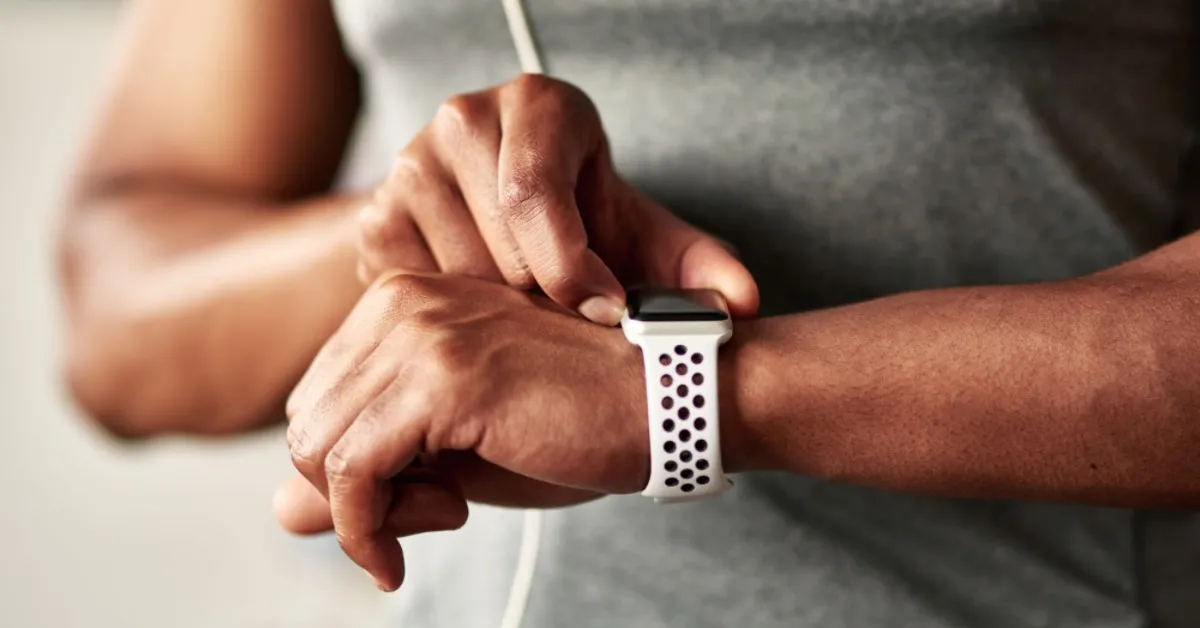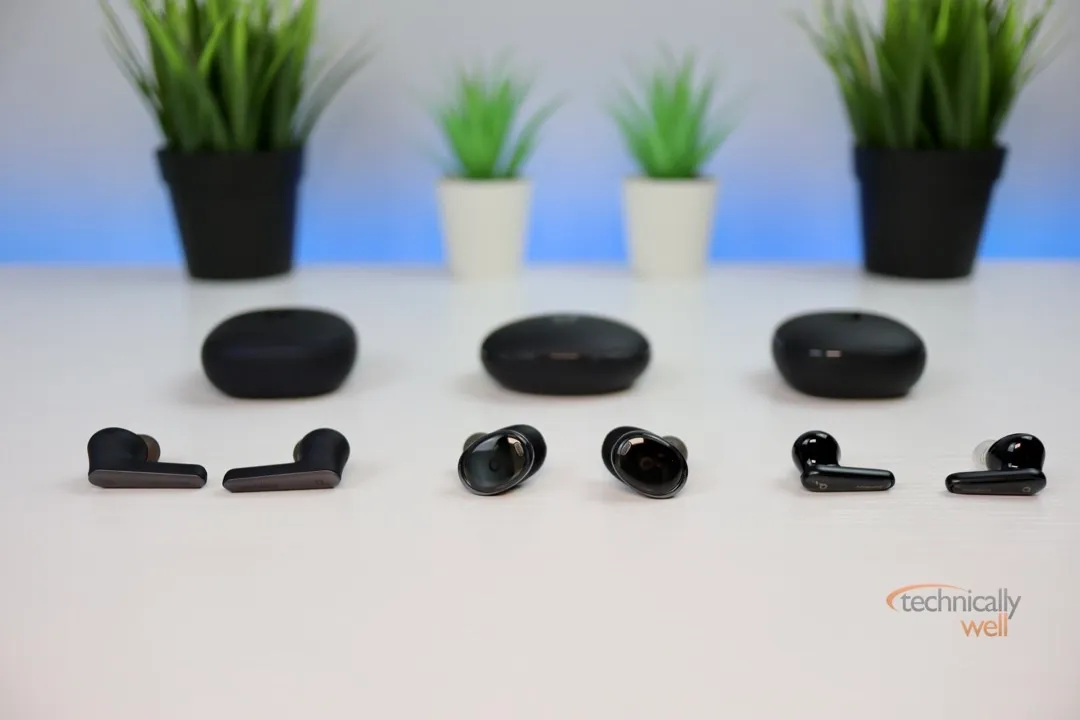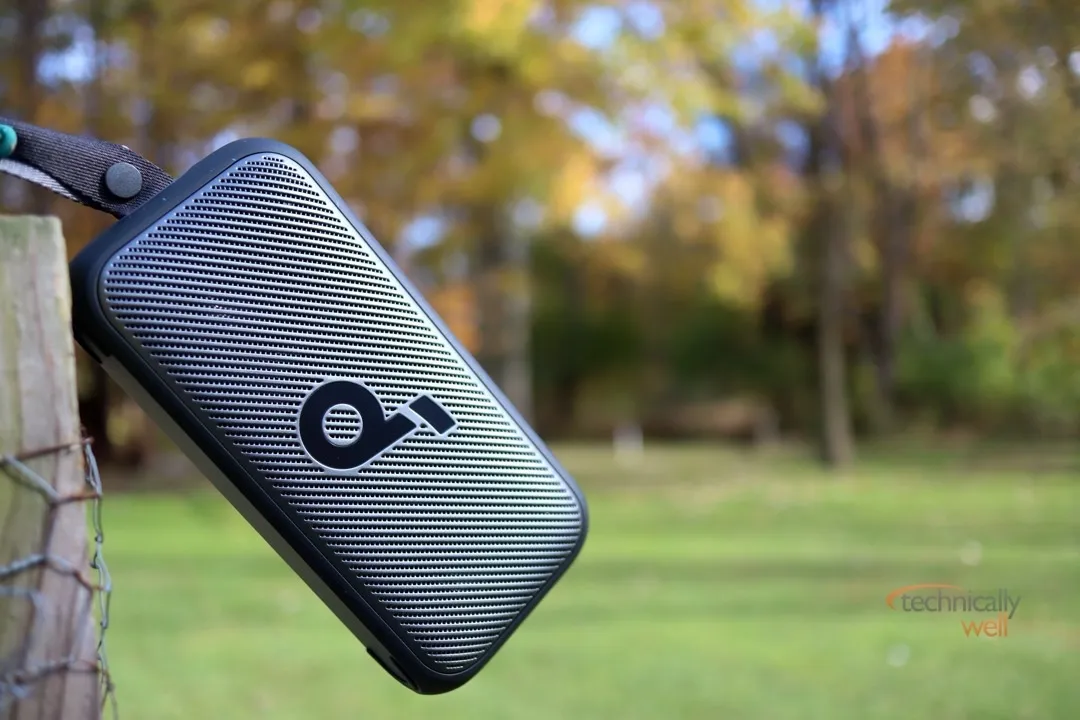SoundPEATS POP Clip Earbuds Review
Anker MagGo 3-in-1 Charging Station Review
Microsoft Surface Pro 11 Copilot+ PC Review
Sony ULT FIELD 1 Speaker Review
SoundPEATS PearlClip Pro Review
As an Amazon Associate, we earn from qualifying purchases at no cost to you.
Latest Reviews
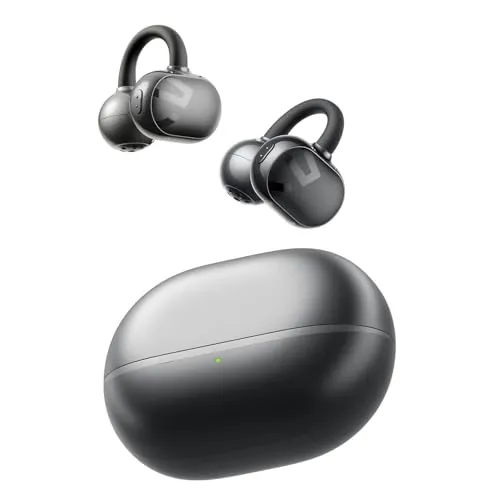
SoundPEATS POP Clip Earbuds Review
Mar 10, 2025
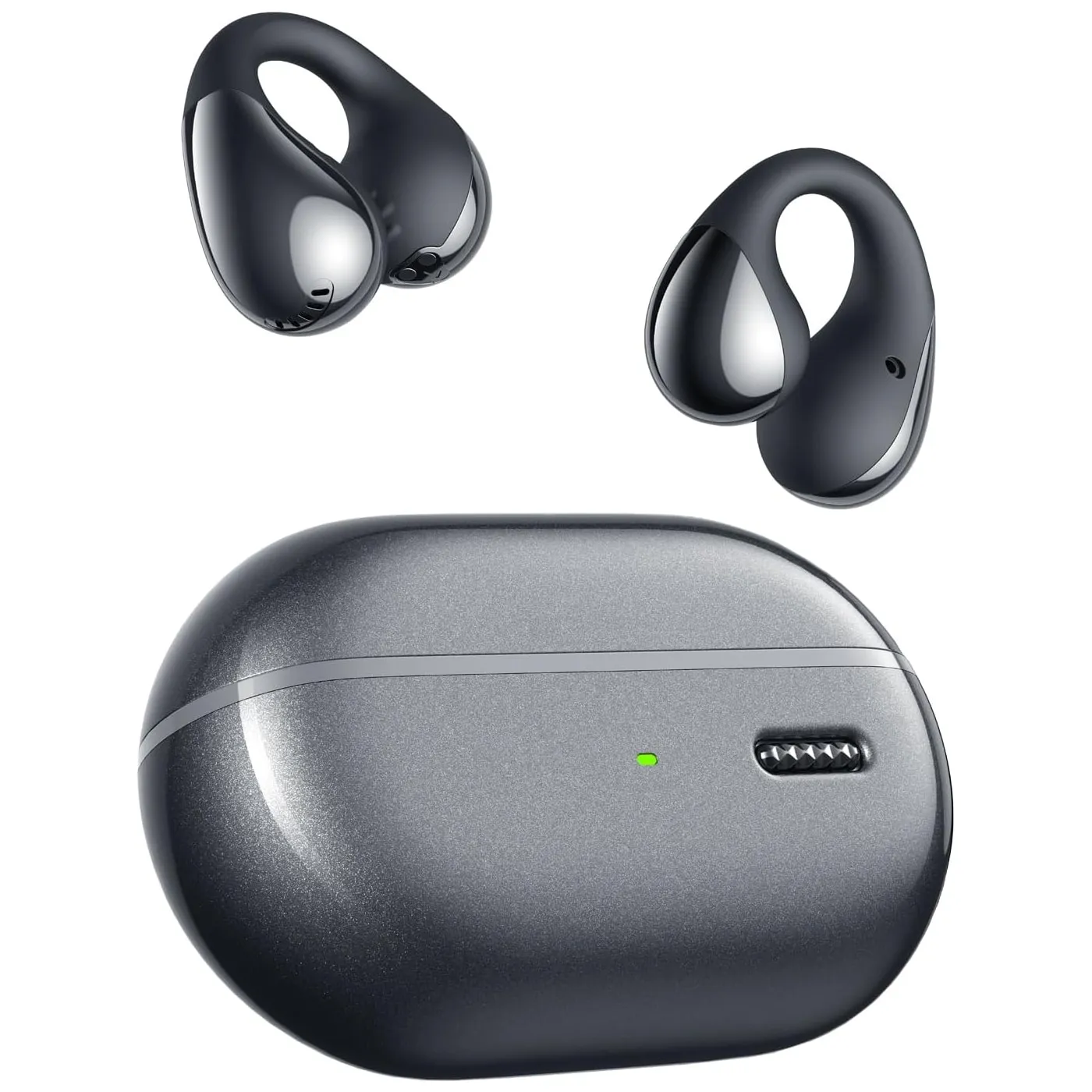
SoundPEATS PearlClip Pro Review
Jan 9, 2025
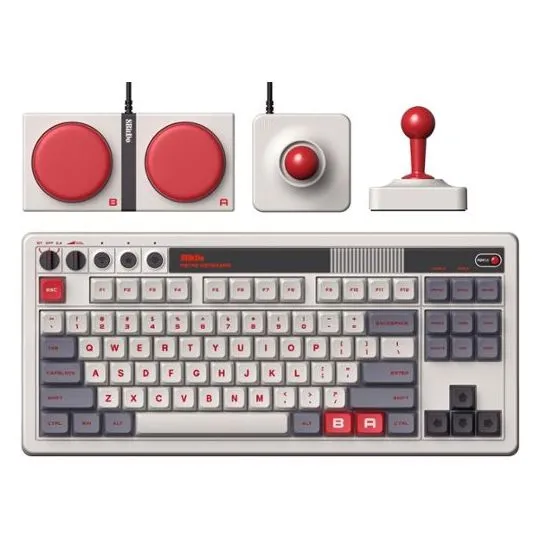
8BitDo Retro Mechanical Keyboard with Joystick - N Edition Review
Nov 11, 2024
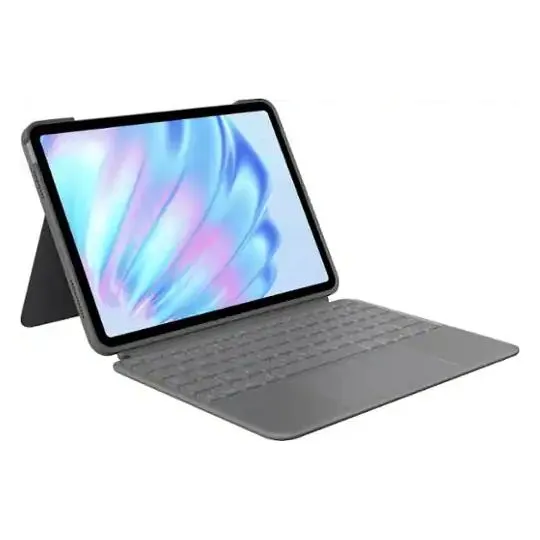
Logitech Combo Touch for iPad Air 11-inch (M2 chip) Keyboard Case
Oct 3, 2024
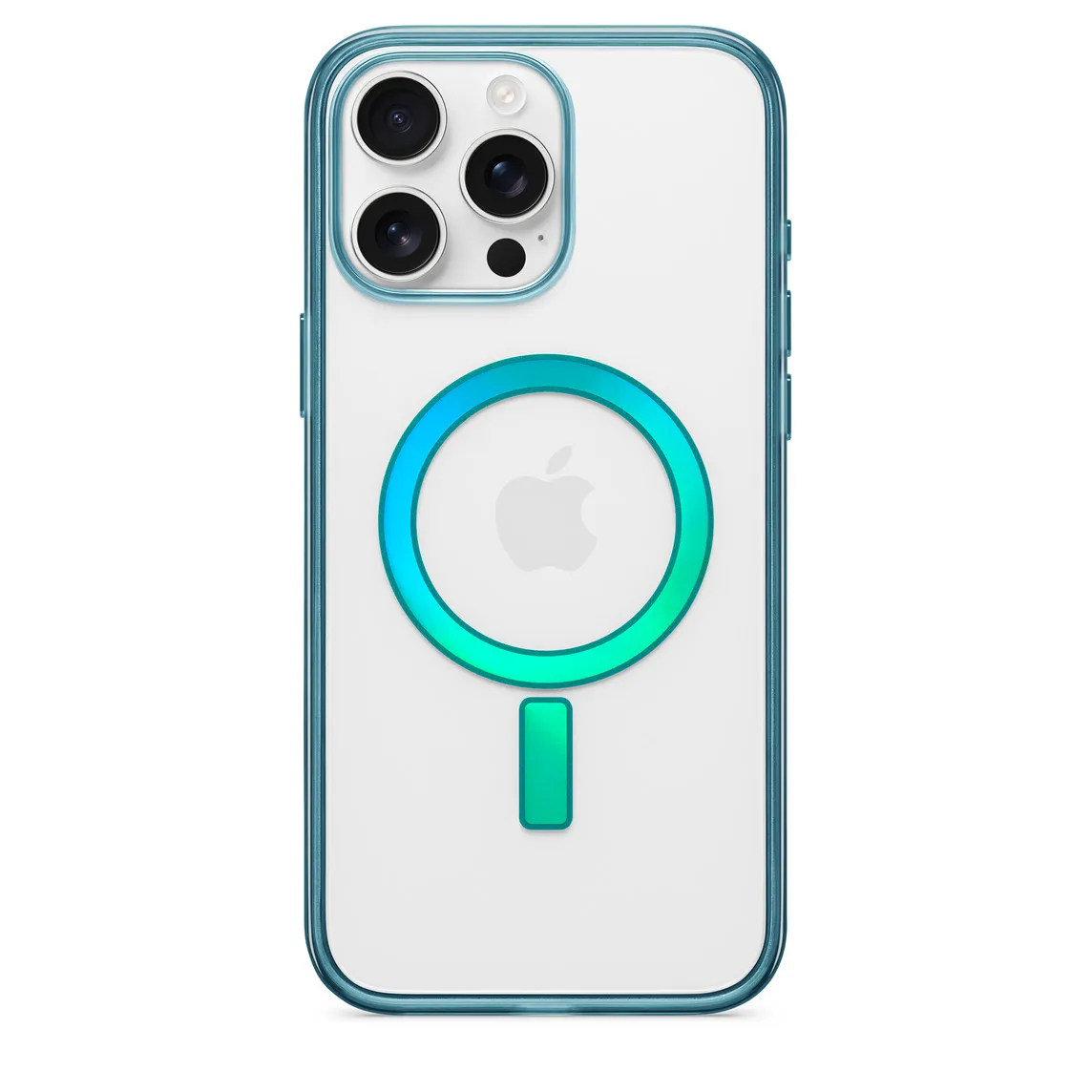
OtterBox Lumen iPhone 16 Pro Max Case Review
Sep 25, 2024
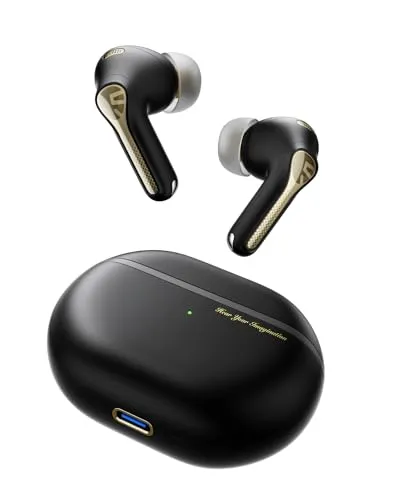
SoundPEATS Capsule3 Pro+ Wireless Earbuds Review
Sep 12, 2024
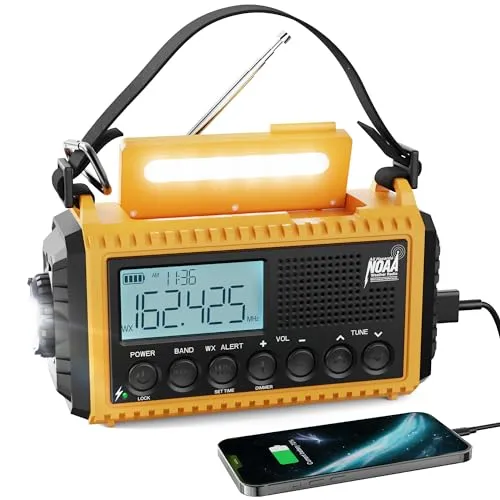
Raynic Emergency Radio 5000 Review
Aug 29, 2024
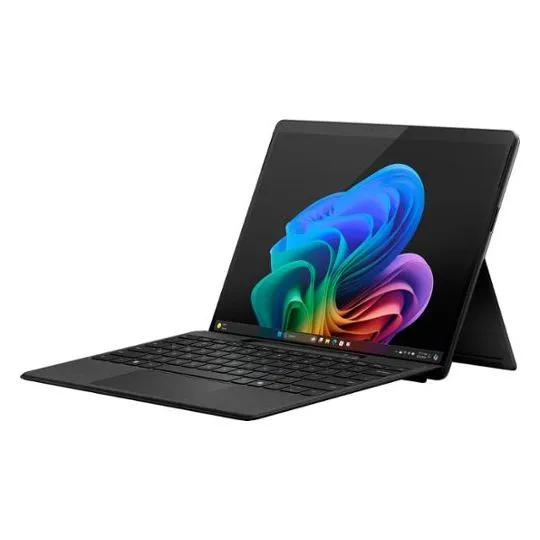
Microsoft Surface Pro 11 Copilot+ PC Review
Aug 22, 2024
